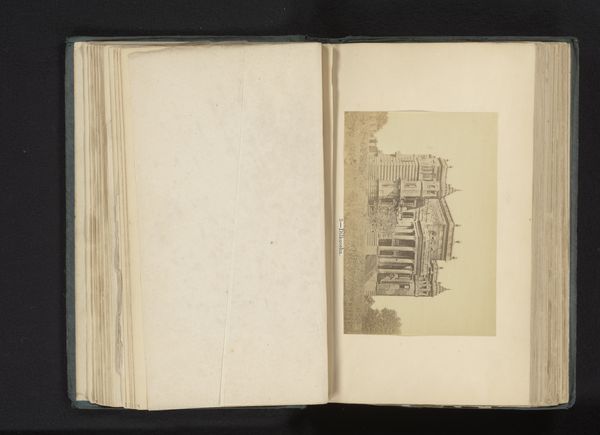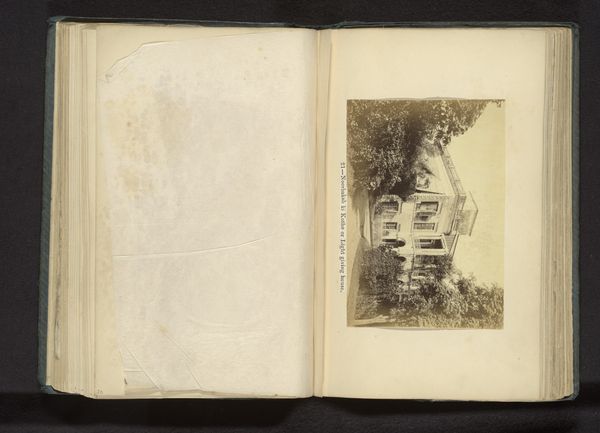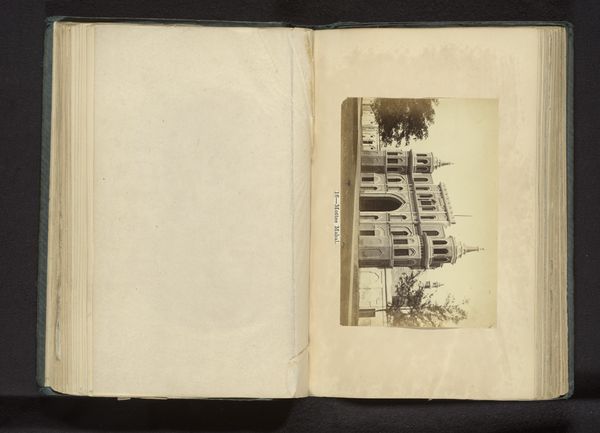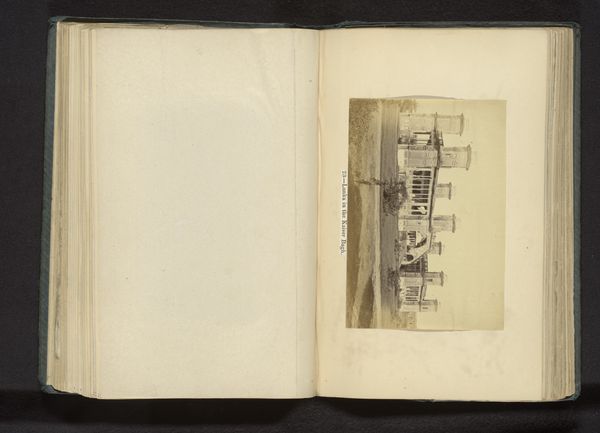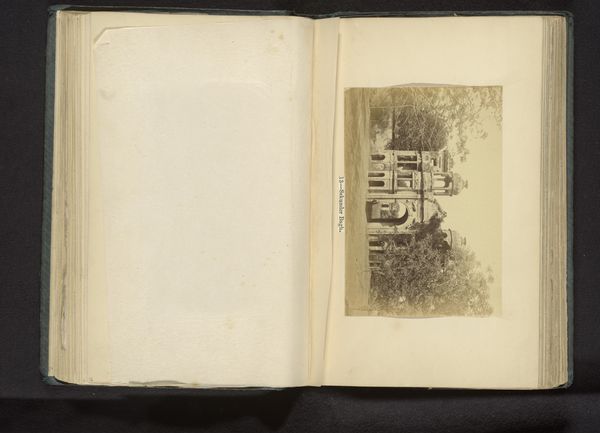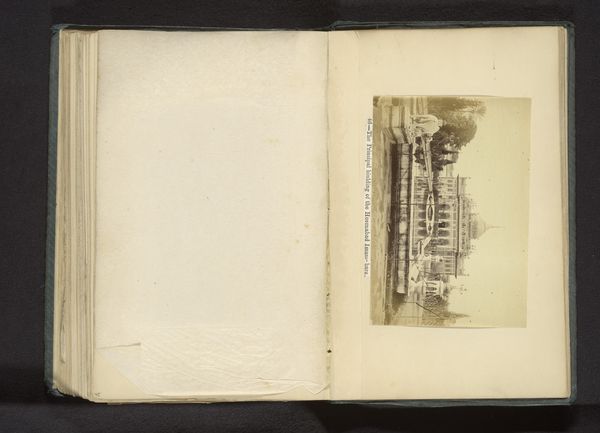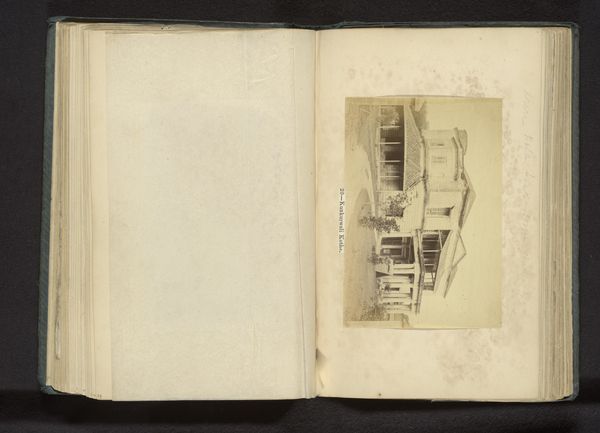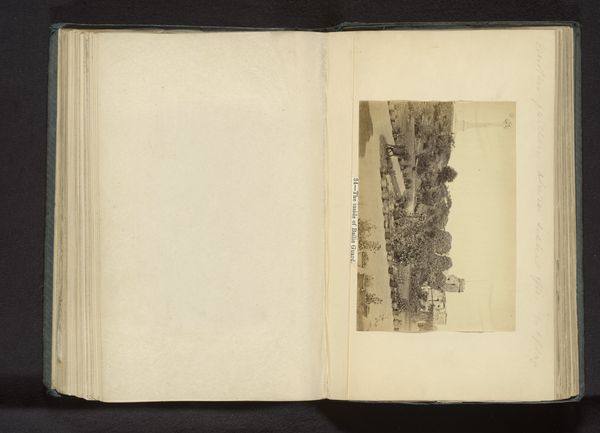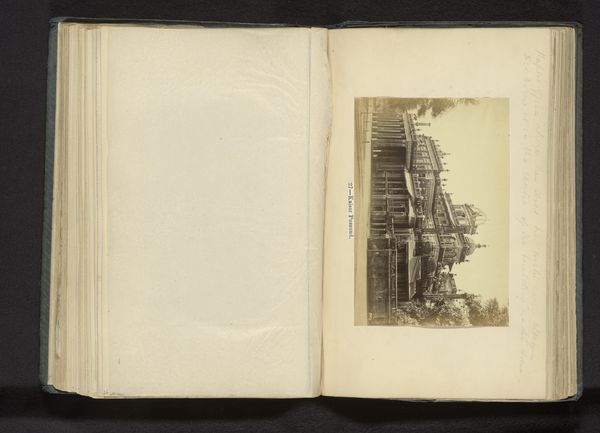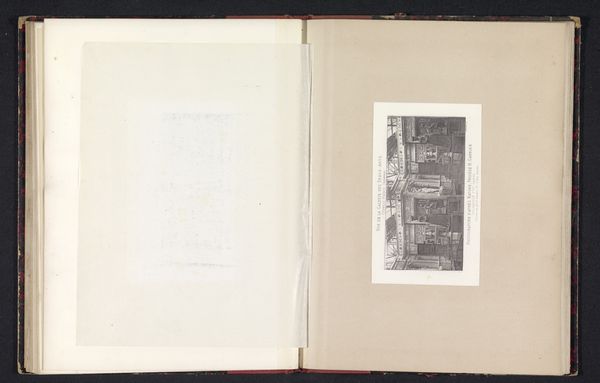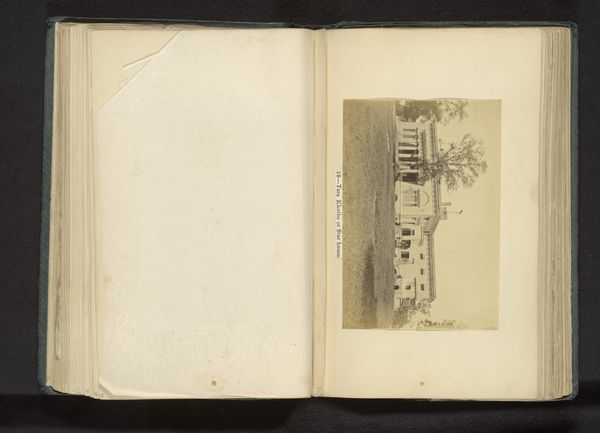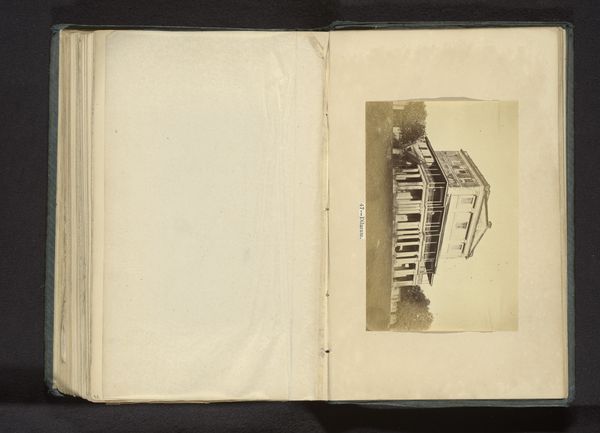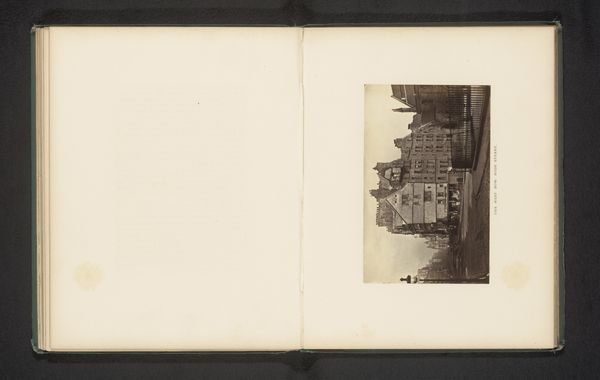
print, photography, albumen-print
# print
#
photography
#
cityscape
#
islamic-art
#
albumen-print
Dimensions: height 106 mm, width 153 mm
Copyright: Rijks Museum: Open Domain
Curator: This albumen print captures the Poort van Kaisarbagh in Lucknow. Attributed to Darogha Ubbas Alli, it predates 1874, offering a fascinating glimpse into 19th-century India. Editor: There's an undeniable serenity about this image. The soft tones and the architectural details—the arches, the domes—convey a sense of permanence, almost defiance of time. It evokes a powerful feeling of history and place. Curator: The Kaisarbagh, built by Wajid Ali Shah, was envisioned as a palace complex reflecting his vision of paradise on earth. Understanding that vision is critical. It becomes clear this gateway isn't merely architectural but a powerful symbol of his rule, aspirations, and ultimately, its fall to colonial powers not long after its completion. The print can be viewed as a premonition of sorts. Editor: Precisely. The gateway, the poort, is significant. It signifies entry, transition, perhaps even exclusion. Those repeated archways, that latticework... they function as screens. In the visual vocabulary of Islamic architecture, screens denote more than just physical barriers. What's hidden? What's revealed, and to whom? It provokes thoughts about privacy, gender, and societal roles within the Kaisarbagh. Curator: And we can’t ignore the colonial gaze inherent in the image itself. While the architectural forms adhere to certain Islamic artistic and cultural conventions, their visual representation in a photograph, likely commissioned by a colonial power, reflects an impulse to classify and codify what was perceived as "other". Editor: Yes, that colonial context is crucial. Notice how the image emphasizes order and symmetry. Those features could have represented enlightenment and a way for Europeans at the time to legitimize an idealized picture of how their cultural perspective would prevail in India. However, I would not only fixate on colonial perspectives, but explore the universality and balance symbolized through design. Curator: Well said. Ultimately, examining the Kaisarbagh gate involves looking at intersecting narratives: the ruler's ambition, the community's reality, and the colonial recorder's interpretation. Editor: Absolutely. A single image contains multitudes, and decoding them unlocks layers of understanding of a civilization. Curator: I will never look at the monument the same. Editor: Me neither, there's beauty beyond just what the eye sees.
Comments
No comments
Be the first to comment and join the conversation on the ultimate creative platform.
